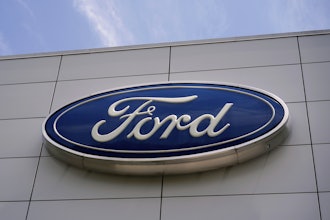The number of players looking for a seat at the electric semi-truck table continues to grow. Before Tesla and start-ups like Thor and Nikola, prominent stakeholders like Daimler and Volvo have been working on such vehicles for a couple of years.
While Toyota continues to champion a push for electric cars and SUVs, the company is taking a different approach to semis. Last April the company unveiled the first product of their Project Portal hydrogen fuel cell semi-truck initiative.
Dubbed the Alpha, it utilized hydrogen fuel cells and a 12-kilowatt-hour battery to generate enough power for 200 miles of transport on a single tank of fuel. The biggest benefit for a hydrogen-powered semi is that the only emissions are water vapors, which, if you don’t mind where it comes from is actually clean enough to drink.
Fast forward roughly 16 months and Toyota has unveiled their Beta version. It features a number of improvements that include an expanded operating range of 300 miles.
This extended range comes primarily from re-designed fuel tanks that are not only lighter, but can carry roughly 10 additional gallons of fuel. Wiring harnesses were also upgraded to eliminate more than 100 pounds of copper wire.
The ten 2.5-gallon tanks carry hydrogen that’s compressed to 10,000 pounds per square inch, which is converted to electricity in powering the semi’s twin electric motors. They’re able to provide 670 horsepower and over 1,300 foot-pounds of torque.
The smog and pollution issues of Southern California aside, Toyota notes that more than 43,000 diesel trucks work at ports across the U.S., with the Long Beach and L.A. ports comprising more than one-third of that total.
Additionally, about 40 percent of all goods traveling to and from the U.S. come through a port, creating a concentration of diesel trucks that has been linked to health concerns in these areas.
The Alpha logged over 10,000 miles between the Ports of Long Beach and Los Angeles. The Beta will hit these routes in the fall as part of Toyota’s plan to eliminate all CO2 emissions from its logistics facility at Long Beach by 2050.






















